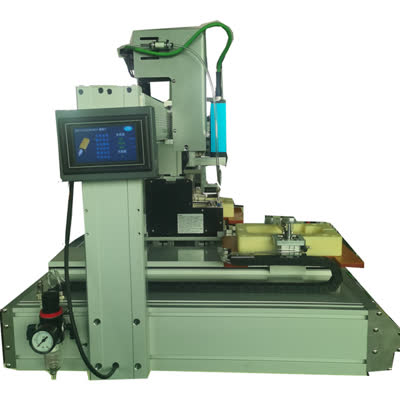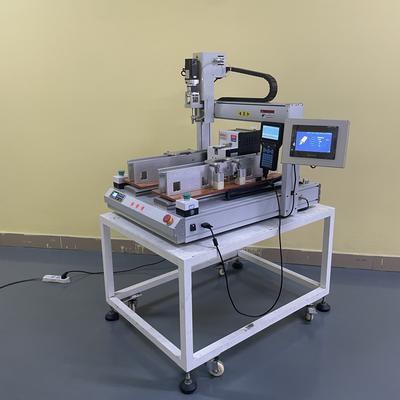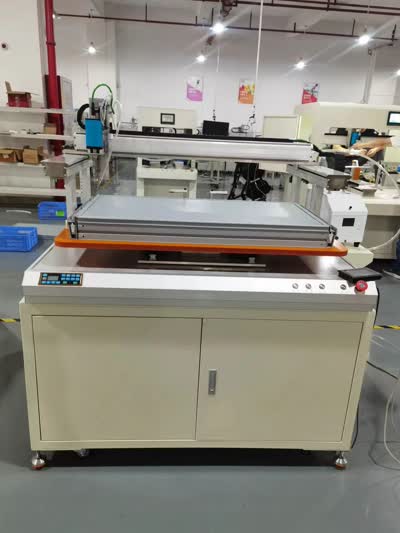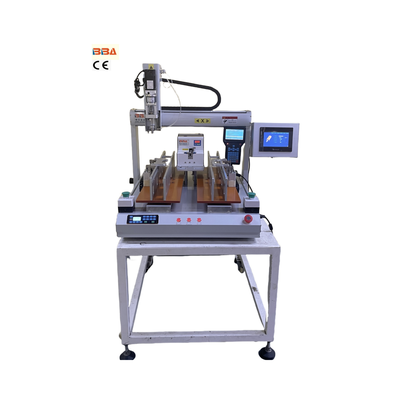Assembly Automation for Startups & SMEs | Smart Manufacturing Solutions
| Product Name | Applicable industries |
| Smart Screw Driving Machine | Security Equipment Manufacturing |

In today's competitive manufacturing landscape, startups and small-to-medium enterprises (SMEs) face unique challenges in optimizing production efficiency while keeping costs manageable. Assembly automation presents a game-changing opportunity for these businesses to level the playing field with larger competitors. By implementing smart automation solutions, emerging companies can achieve higher productivity, consistent quality, and improved operational flexibility.
Modern assembly automation systems are no longer exclusive to large corporations with massive budgets. Technological advancements have made automation more accessible, scalable, and cost-effective for smaller operations. Modular automation equipment, collaborative robots (cobots), and flexible production cells allow startups and SMEs to automate specific processes without overhauling their entire production line. This targeted approach enables gradual implementation that aligns with business growth and budget constraints.
One of the most significant advantages of assembly automation for growing businesses is the ability to maintain consistent product quality. Human error in manual assembly processes can lead to defects, rework, and customer dissatisfaction. Automated systems perform repetitive tasks with precision and repeatability, ensuring each product meets exact specifications. This reliability is particularly valuable for startups building their reputation in competitive markets.
Scalability is another critical benefit for SMEs considering automation. Many modern automation solutions are designed with expansion in mind, allowing businesses to start small and add capabilities as needed. For example, a startup might begin with a single robotic arm handling a specific assembly task, then gradually integrate additional stations, conveyors, or inspection systems as production volumes increase. This phased approach minimizes upfront investment while creating a path for future growth.
Worker safety and ergonomics also improve significantly with automation implementation. Many assembly tasks involve repetitive motions, heavy lifting, or exposure to potentially hazardous conditions. Automated systems can take over these high-risk operations, reducing workplace injuries and creating a safer environment for employees. Additionally, by automating mundane tasks, workers can focus on higher-value activities that require human judgment and creativity.
Data collection and process optimization represent another compelling reason for SMEs to embrace automation. Modern automated systems generate valuable production data that can be analyzed to identify bottlenecks, optimize workflows, and improve overall equipment effectiveness (OEE). This data-driven approach helps small manufacturers make informed decisions about capacity planning, maintenance schedules, and process improvements.
When implementing assembly automation, startups and SMEs should focus on choosing solutions that match their specific needs and growth trajectory. Key considerations include production volume requirements, product variability, available floor space, and workforce skill levels. Many automation providers now offer customizable solutions with user-friendly interfaces that can be operated by existing staff after proper training.
The return on investment (ROI) for assembly automation has become increasingly favorable for smaller operations. While the initial costs may seem daunting, the long-term benefits often include reduced labor costs, higher throughput, better quality control, and increased competitiveness. Many SMEs find that automation investments pay for themselves within 1-3 years through these operational improvements.
As technology continues to advance, assembly automation will become even more accessible and beneficial for startups and SMEs. The combination of robotics, artificial intelligence, and IoT connectivity is creating smarter, more adaptable systems that can help smaller manufacturers compete effectively in global markets. By embracing these technologies today, emerging businesses can position themselves for sustainable growth and long-term success.


